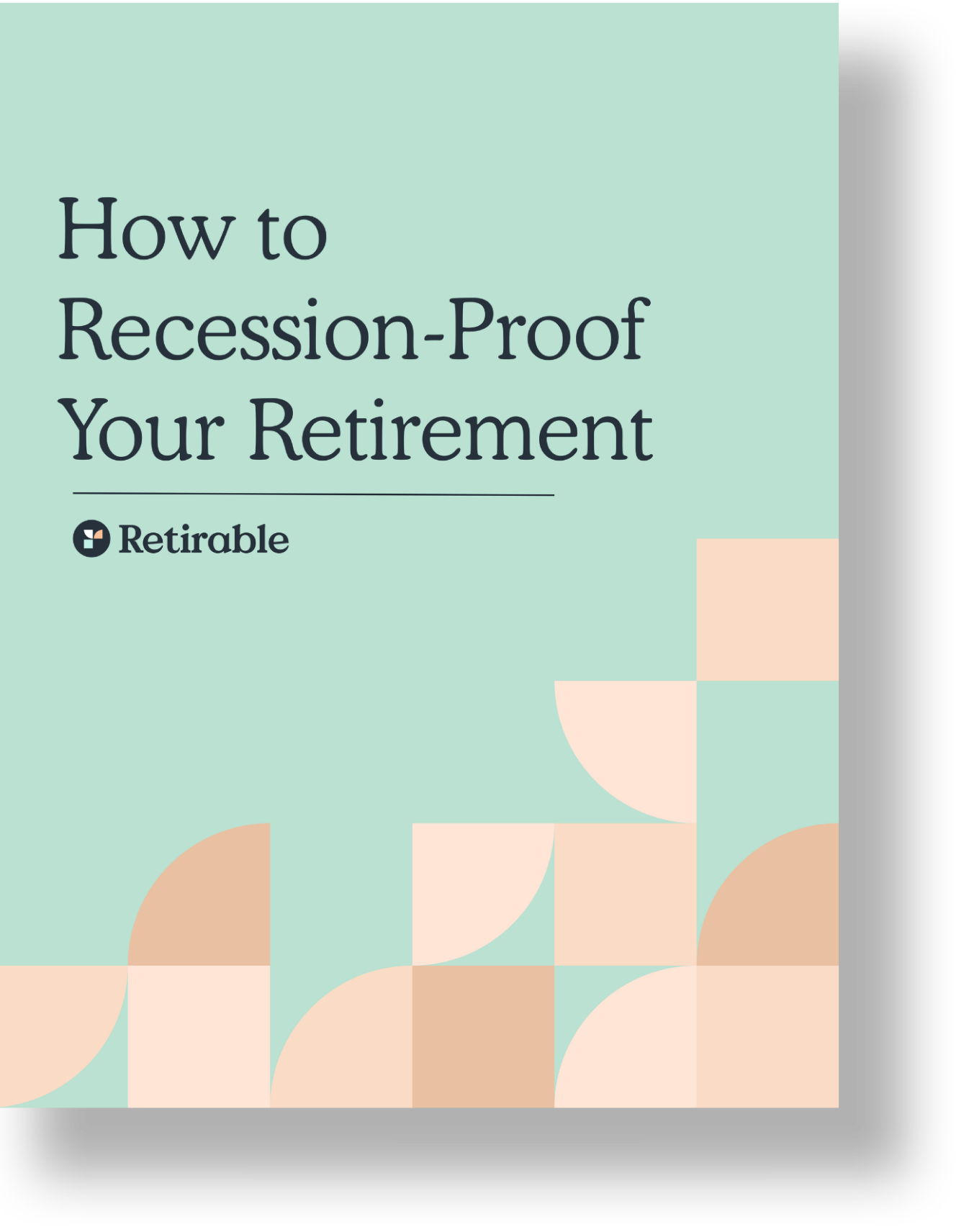Healthcare
Medicare Annual Enrollment Period - commonly known as Medicare AEP - occurs every year during October through early December and is the time when Medicare recipients can make changes to healthcare plans. It’s important to reevaluate your coverage needs and make sure you have an affordable policy that fits your needs for the new year.

Harrison Schaefer, CFP®
•
Published October 16th, 2023
•
Updated October 1st, 2024
Table of Contents
Key Takeaways
Medicare Annual Enrollment Period (AEP) occurs every year during October through early December
During AEP, individuals enrolled in Medicare are allowed to modify their plans based on changes in their coverage needs or changes in the marketplace
Medicare Annual Enrollment Period - commonly known as Medicare AEP - occurs every year during October through early December and is the time when Medicare recipients can make changes to healthcare plans. It’s important to reevaluate your coverage needs and make sure you have an affordable policy that fits your needs for the new year.
What is Medicare Annual Enrollment Period (AEP)?
Medicare Annual Enrollment Period—commonly known as Medicare AEP—takes place between October 15th and December 7th of each year. During AEP, individuals enrolled in Medicare are allowed to modify their plans based on changes in their coverage needs or changes in the marketplace.
Medicare recipients are able to review coverage information for the next year from insurance carriers and Medicare agents to shop for new plans, drop existing policies, and/or continue current coverage.
Why is Medicare Annual Enrollment Period (AEP) important?
Medicare AEP is an important time for Medicare recipients to review their current Medicare plan to ensure they have adequate coverage for the upcoming year. Healthcare costs associated with premiums, deductibles, and copayments can change every year. AEP is an opportunity to save money on policies by comparing different plans to find coverage with lower out-of-pocket costs for things like recurring doctor visits and prescriptions.
AEP is also the opportunity to look for plans that address any new health concerns or issues that have developed in the past year. New health changes may require access to certain specialists, hospital networks, and other expanded healthcare services that existing plans do not provide. Likewise, chronic health issues may need updated enhanced coverage for treating existing conditions that worsen over time.
How to plan for Medicare Annual Enrollment Period (AEP)
There are three important ways to prepare for Medicare AEP this year:
Review your current Medicare coverage
Making sure you have a full understanding of your current plan is essential before considering changes to your coverage. This includes things like knowing the plan’s cost structure (premiums, deductibles, copayments, coinsurance, out-of-pocket maximums, prescription costs, etc.) as well as the plan’s provider network to determine what doctors, hospitals, and specialists are available to you.
Assess your specific health needs
Your health needs may have changed over the past year due to a new condition, the worsening of a pre-existing issue, or recovery from a health condition. Whatever the case, understanding the state of your health and how that impacts your healthcare needs is essential going into AEP. You may require recurring doctor visits or different prescriptions that may or may not be covered under your current plan, and you will be able to see what options are available to meet those needs.
Explore your options for changes
Once you know your current coverage as well as your current health needs, you can evaluate options available to you to either make changes to existing coverage or enroll in new coverage. The official Medicare website is a great resource to compare and enroll in Medicare Advantage and Medicare Part D plans. There are online tools to help you evaluate different plans, and you can also speak to a Medicare representative directly by calling 1-800-633-4227.
In addition to official government Medicare resources, you can also work with a licensed Medicare insurance agent. Licensed Medicare agents specialize in Medicare plans and can help determine what options are available to you as well as guide you through the enrollment process, typically through one-on-one consultations.
Don’t let healthcare costs ruin your retirement.
10 Reasons You Need a Financial Advisor for RetirementChanges that can be made during AEP
There are a number of changes you can make during Medicare AEP, including dropping coverage or adding coverage by enrolling in a new plan. Some of the most common changes made during AEP include:
Moving from Medicare Part A and B to a Medicare Advantage plan
Medicare Advantage Plans (also known as Medicare Part C), provide all the same benefits as Part A and B as well as additional coverage through private insurance companies. Additional coverage can include prescription drug, vision, dental, hearing, and wellness coverage and typically has additional premiums, deductibles, copayments, and coinsurance separate from Parts A and B.
Enrolling or un-enrolling a Medicare Advantage plan
If you are already enrolled in a Medicare Advantage plan, you can explore and switch plans depending on your needs. Understanding your current coverage and current needs will help you determine whether your existing coverage is adequate or needs updating. In addition to changing plans and adding coverage, you are also able to drop a Medicare Advantage plan and return to Medicare Part A and B during AEP.
Adding a Medicare Part D prescription drug plan
In addition to enrolling in a Medicare Advantage plan, you are also able to add a stand-alone prescription drug plan under Medicare Part D. Oftentimes, Medicare Part A, B, and C do not offer affordable, comprehensive prescription drug coverage. A Part D plan allows you to access prescriptions you need on a regular basis at a more affordable cost.
Frequently Asked Questions
Are there other Medicare enrollment periods?
Aside from Medicare AEP, individuals enrolled in a Medicare Advantage plan are able to make changes to their plan during Medicare Advantage Open Enrollment Period (OEP), which goes from January 1st through March 31st each year. If you do not have an existing Medicare Advantage plan, you will need to wait until AEP to sign up before becoming eligible to make changes during OEP.
Do you have to re-enroll in Medicare every year?
Unless you are notified to do so if a plan is discontinued or services are reduced in your area, you do not need to re-enroll in Medicare every year.
What happens if you miss Medicare Annual Enrollment Period?
If you do not make changes to your existing plan during AEP and/or OEP, your current coverage will remain the same for the year. However, you are able to make changes to your Medicare coverage if you qualify for a special enrollment period. Examples of eligible qualifying events for a special enrollment period include moving outside of your existing plan’s service area, job loss from yourself or spouse, and a plan provider’s contract changing with Medicare.
Share this advice

Harrison, a Certified Financial Planner® and Senior Financial Advisor at Retirable, has nearly a decade of experience across wealth building, investment advising, and financial education. He prides himself on working one-on-one with each client to help them at every step so they enter retirement with peace of mind.
Share this advice

Harrison, a Certified Financial Planner® and Senior Financial Advisor at Retirable, has nearly a decade of experience across wealth building, investment advising, and financial education. He prides himself on working one-on-one with each client to help them at every step so they enter retirement with peace of mind.
Free Retirement Consultation
Still have questions about how to properly plan for retirement? Speak with a licensed fiduciary for free.






